Expert Tips for Designing Your Hudson Valley Home Garden
By Hannah Van Sickle | Spring 2024 | Farm & Garden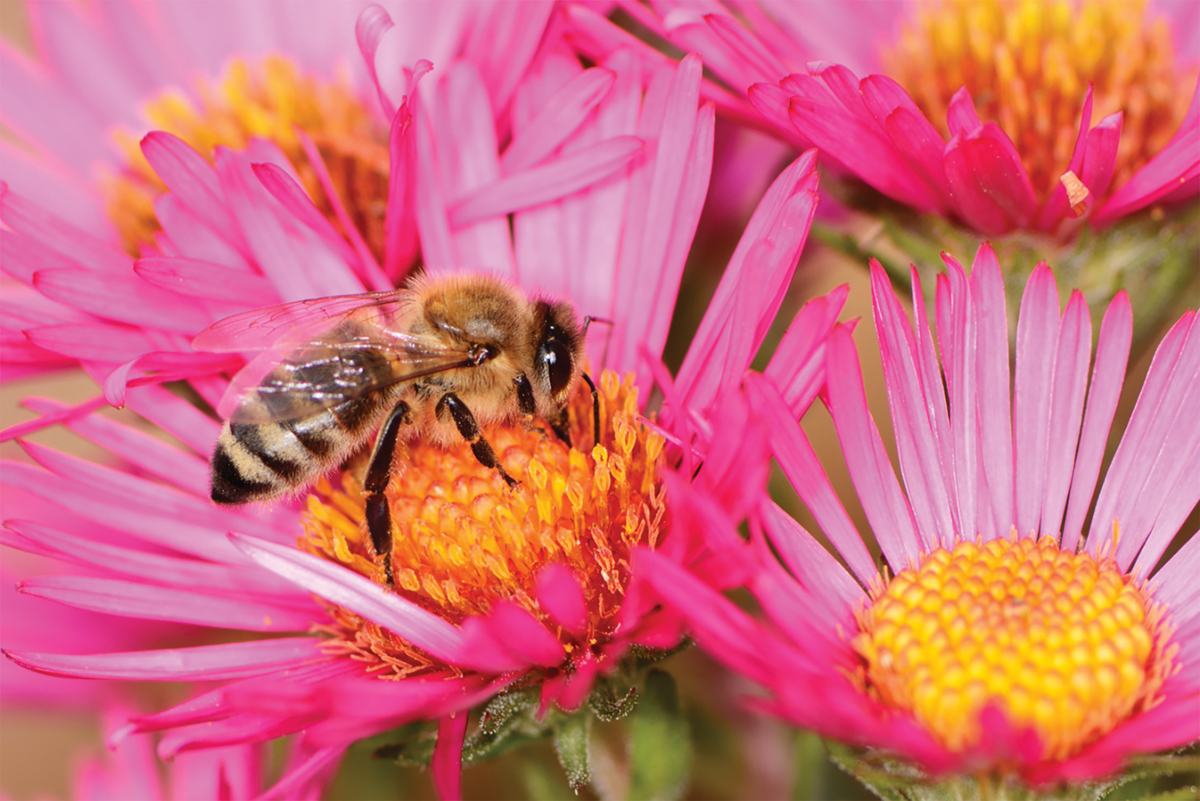
Photo by Katie Gasior
By the time spring arrives in the Hudson Valley (where, let’s face it, mid-May marks the region’s average frost-free date), garden enthusiasts are hankering to get their hands dirty. Despite endless varieties insofar as shape, size, and style are concerned, a common denominator exists: gardens are serene spaces to connect with nature in order to relax and be restored. For homeowners keen on cultivating some horticultural eye candy and creating curb appeal in the process, deciding where to start can be a daunting endeavor.
“Garden design is like a four-dimensional art form,” says Katie Gasior, horticulture program coordinator for Cornell Cooperative Extension Sullivan County, who—beyond the height, width, and depth of any given plot—emphasizes that gardens are dynamic spaces. “There’s always going to be change [according to the seasons and over time], so it’s important to roll with the punches,” she says, reminding neophytes of a well-known, but oft-forgotten, truth: It can take many, many years for a garden to reach its full potential. As the soil warms and backyard beds beckon, dig into these tips for getting the most out of your home garden design—green thumb not required.
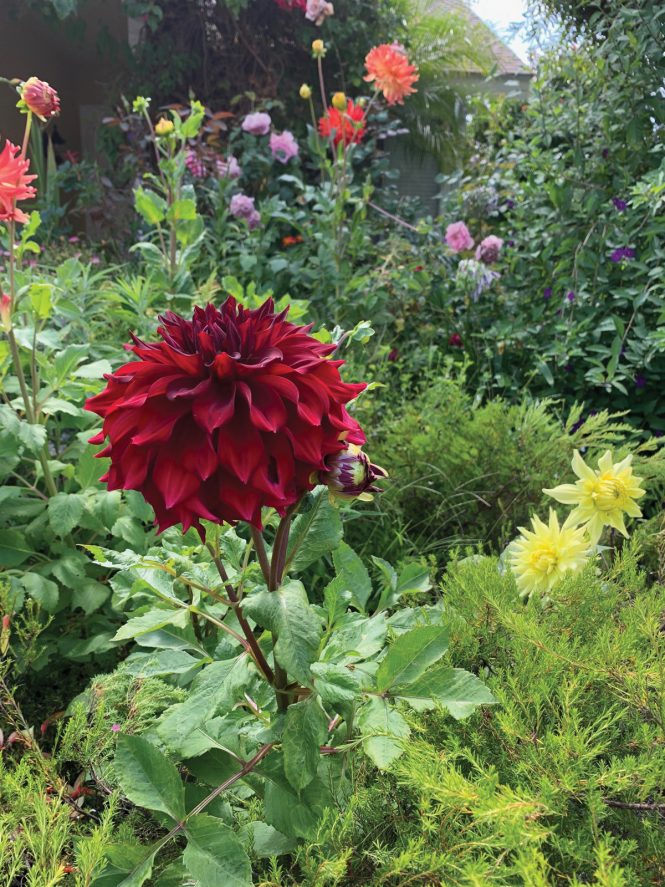
A dahlia garden in full bloom in Westchester County. Photo by Katie Gasior
Assess Your Site
The bedrock of garden design begins with observing, in a mindful way, the space you’ve got to work with. “Take a step back and look at your surroundings,” suggests Gasior of a process that precedes everything from leafing through seed catalogs and visiting the local nursery to envisioning an end result. The goal is to understand what will thrive in your specific site based on soil conditions and sunlight. “The best way to test your soil [and determine if it is loamy, clay, or sandy] is to stick a spade in it,” says Gasior. Sunlight, on the other hand, needs constant evaluation. While shade tends to be straightforward, a spot you think is full sun might in fact be partial or dappled due to the overhead canopy that has yet to leaf out or dormant shrubs that will encroach once in bloom. A good rule of thumb? “When starting to plant a garden, take a full day [to evaluate your plot] and, once every hour, go out and take note of how much sunlight is coming through,” says Gasior, distilling things down to a simple motto: The right plant for the right place. “You can’t put shade-loving plants in a sunny spot, and if you have well-draining soil, a plant that likes soggy conditions is not going to do well there,” she explains of the biggest indicators as to whether or not your garden is going to be successful.
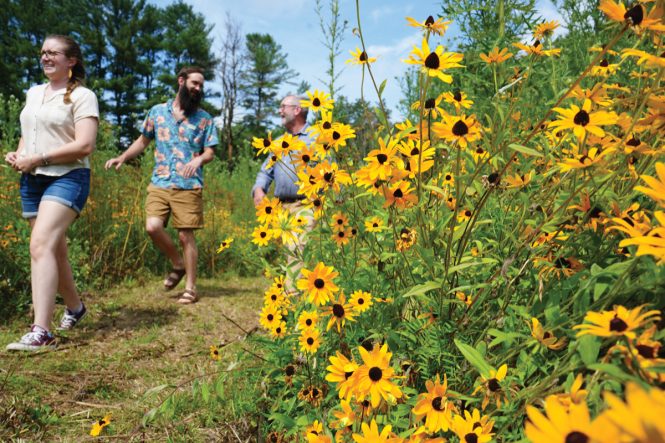
Eric Ruquist, director of horticulture at Berkshire Botanical Garden in Stockbridge, leading a tour of the Berkshire Botanical Garden’s native wildflower meadow. Photo courtsey of Berkshire Botanical Garden
Plan Your Plot
When it comes to seeing the big picture, Gasior suggests creating an aerial diagram (think bird’s-eye view) of your property. Once the primary planting areas are sketched out, label the distinguishing features of each. Which area gets full sun? Has the best drainage? Provides clear sight lines to the neighbor’s yard? Next, determine the garden’s function. “Is it simply aesthetic or will your garden serve a particular purpose?” says Gasior of options ranging from edible gardens and pollinator pathways to foundation planting and stand-alone specimen trees—plus dozens of others in between. Regardless of the specifics, Gasior’s advice remains the same: “Start small and don’t overwhelm yourself,” she says, suggesting folks tackle the easiest, most accessible space first in order to gain the competence (and confidence) to ultimately conquer bigger and bigger spaces.
Decide on a Vibe
Home gardeners know in their gut if the goal is a formal, manicured look or a more free-form, organic approach. Perennials, for instance, can be divided and moved from season to season—in order to maintain pristine pathways and fill in empty spaces—or left to spill onto stone steps and propagate to their heart’s content.
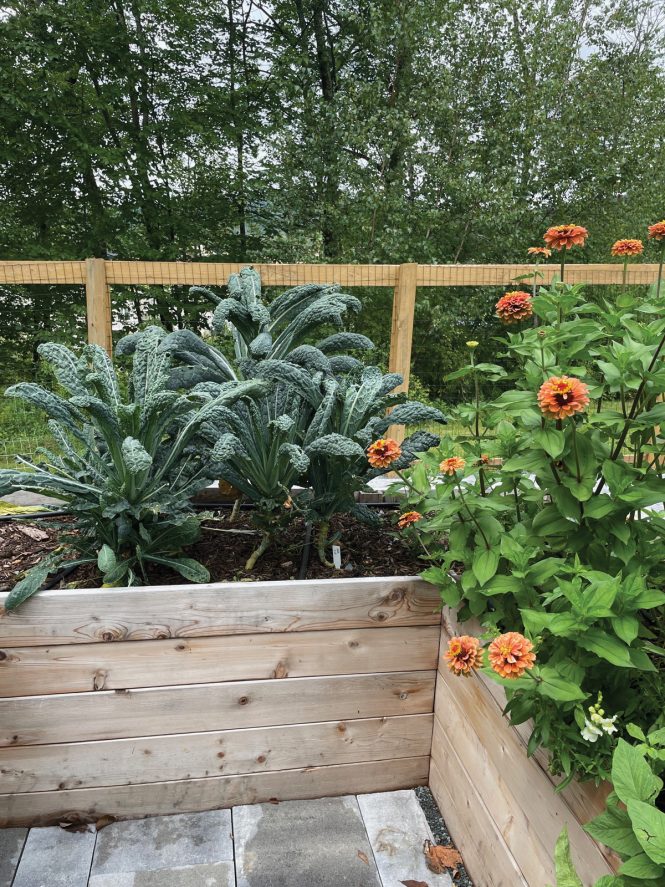
Dino kale on the left, and Queen Lime Zinnias on the right at the Sullivan County Cornell
Cooperative Extension raised-bed garden in Liberty. Photo by Katie Gasior
A recent trend, letting portions of lawn revert to meadow, is a sign of the progressive gardening times. “Meadow landscapes indicate that people are becoming aware of the importance of native species as opposed to those that are exotic and often invasive,” says Eric Ruquist, director of horticulture at Berkshire Botanical Garden in Stockbridge, Massachusetts. The self-described “plant geek” suggests creating a sustainable, eco-friendly environment that sustains natural wildlife by devoting 70 percent of your garden to native species and leaving 30 percent for showstoppers—that not only create visual interest but also urge folks along, drawing their attention from space to space.
Choose Your Specimens
In addition to supporting biodiversity and preventing invasions of non-native species, native plants have evolved to thrive in their given habitat. “[Think of it] like a template that’s already there,” says Gasior, who is always going to promote a native pollinator garden. Ditto for chatting with neighbors and attending local plant swaps to find plants that love where you live. In the case of perennial beds that won’t reach their full potential for several years, Gasior suggests using annuals to fill gaps and create beauty while the garden of your dreams develops.
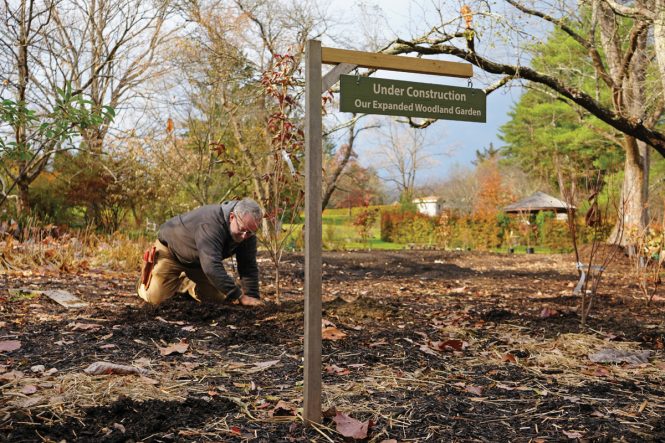
Eric Ruquist planting a perennial in the Woodland Garden at Berkshire Botanical Garden in Stockbridge. Photo courtsey of Berkshire Botanical Garden
Ruquist remains a fan of planting perennials close together and, when he can’t, turns to mulch—ideally, “something organic, that breaks down quickly and feeds the soil, like shredded leaves.” His top tip this season? Plant plugs instead of perennial gallons—a plug is simply a smaller version of the one-or-three gallon plants typically around two inches wide. Ruquist suggests that plugs lends convenience and variety—especially as more and more local nurseries offer mix-and-match plug flats.
Consult Community Resources
When in doubt, expert advice abounds. “Local nurseries are a great resource,” says Gasior, as are nonprofits like Cornell Cooperative Extension that offer testing for the home gardener keen on learning the specifics of their soil’s pH and micronutrients. Cornerstone local suppliers like Hudson Valley Seed Company do a brisk business and boast pre-mixed wildflower seed mixes (in varieties ranging from Bird Lover’s to Northeast Native) bursting with blooms native to the Catskills, ideal for homeowners ready to shift from mowing the lawn to attracting native bees—an essential and dwindling part of the ecosystem.
Garden design is not a science, so dive in and don’t get discouraged. “The more you do it, the better you get,” says Gasior who reminds home garden enthusiasts that, when it comes to garden design, chunking the task is essential—as is leaving ample room to grow. “If you take the project on yourself, and tackle it in small pieces, it’s definitely doable,” she says, issuing a balanced sentiment shared by Ruquist. “It’s great to [strive for] a sustainable, eco-friendly yard that can be beautiful and appealing,” he says.
